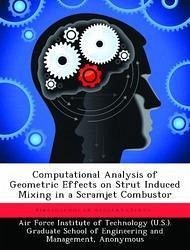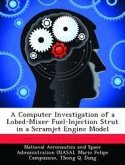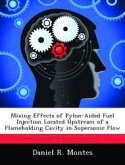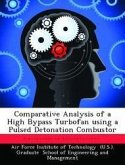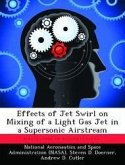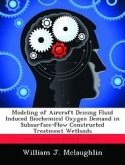In order to increase the fuel-air mixing in a scramjet combustion section, the Air Force Institute of Technology and the Air Force Research lab investigated methods to increase the mixing efficiency. Previous experimental work identified the advantages of using a strut upstream of a cavity flame holder to increase the fuel-air mixture. In this paper a computational investigation of strut injectors in a supersonic flow with a cavity flame holder is reported. This research focused on understanding the effect of a change in height and width of the strut upstream of the combustion cavity on the mixing efficiency and pressure loss in the combustion section. Three baseline struts from the previous experimental research had slightly different trailing edge designs; a flat trailing edge, a 45 degree slanted trailing edge and a 6.45 cm extension. Twelve more struts were made from the baselines struts by varying the height and width by 50% of the baseline value. Computational simulations were conducted on all fifteen struts using the VULCAN computational fluid dynamics solver. Struts with a height or width increased from the baseline value exhibited an increase in the total pressure loss through the combustion section. This total pressure loss correlated to the larger low pressure region created by the flow displacement caused by the strut. The struts evaluated with decreased height and width showed a lower total pressure loss since they produced a smaller low pressure region in the wake. The low pressure region is key to the mixing caused by the struts. The larger struts caused a larger combustible area in the combustion section while the small struts produced a smaller combustible area. The size of the strut becomes a key design tradeoff between increased mixing and total loss performance.
Hinweis: Dieser Artikel kann nur an eine deutsche Lieferadresse ausgeliefert werden.
Hinweis: Dieser Artikel kann nur an eine deutsche Lieferadresse ausgeliefert werden.

